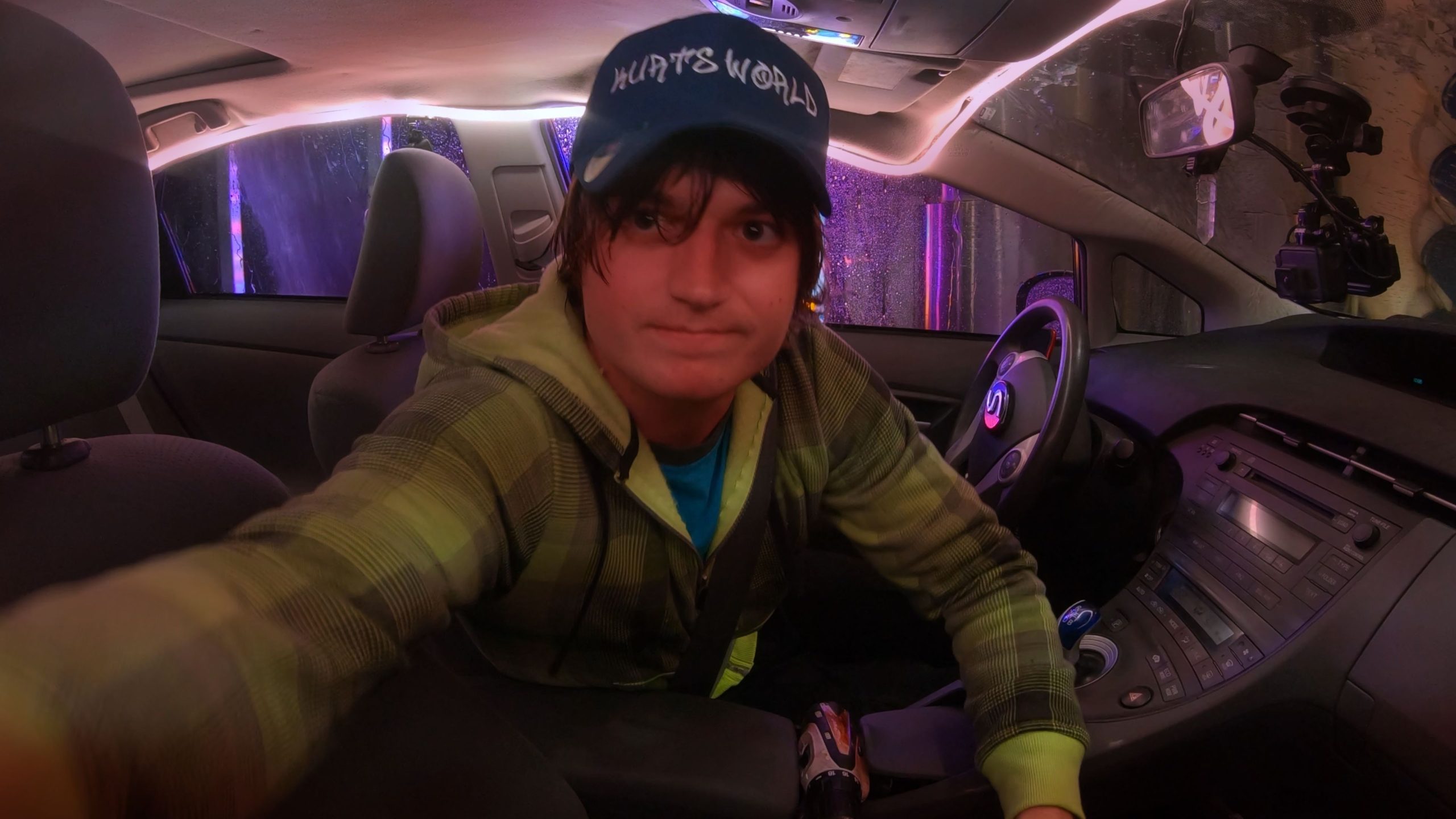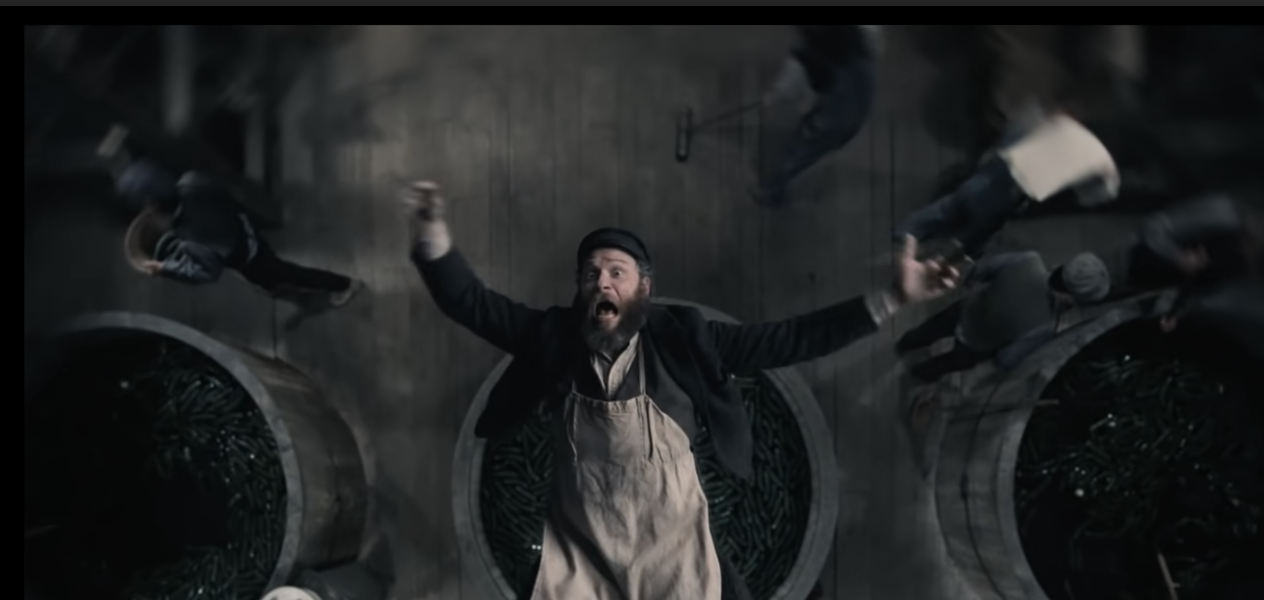Represent
by Hope Madden
We make up 50% of the earth’s population and 23% of the House (which is, disappointingly, an all-time high). Why is it so hard for women to take our statistically rightful place in representation?
Hilary Bachelder’s sly doc Represent eyeballs that struggle for three Midwestern women: Detroit’s indefatigable Myya Jones; Evanston, Illinois’s beleaguered Julia Cho; and Granville, Ohio’s very own Bryn Bird.
All three women are looking to make a difference in local politics. All three face more obstacles than simply their sex: Jones is only 23-years-old at the end of filming; Cho is a Republican in a highly Democratic area; Bird’s the only progressive ever to run in her township. And then there are the more obvious hurdles: Jones is a Black woman; Cho is Korean American.
It is fascinating to witness which of these particular concerns the voting populace feels most comfortable overtly reacting to and which require veiled swipes and sideways glances. When a woman at one of Cho’s stump speeches tells the politician that her children don’t mind Common Core because they are “Oriental, and all Orientals do well in school,” it’s hard not to gasp aloud.
Bechelder’s footage never glamorizes its leads. Their candor, idealism and even their missteps and shortcomings as politicians are on display, giving the film a transparency and authenticity.
Represent is most fascinating when it quietly unveils the final and most insurmountable obstacle, which is the candidates’ own parties. Is she the good kind of progressive? A real Republican? The right kind of Black woman?
And if you have to change who you are to be heard, do you really have anything left to say that’s worth hearing?
Cho, Jones and Bird are up for the battle.
“Democracy requires engagement,” Bird tells Bachelder. “We need people to fight for it.”












